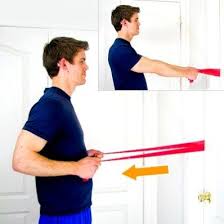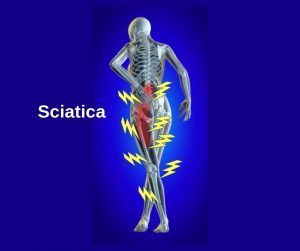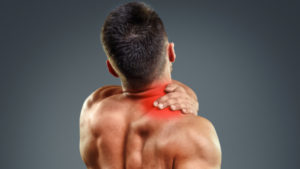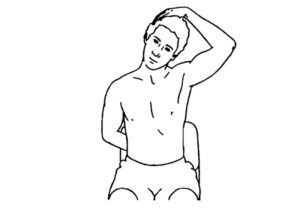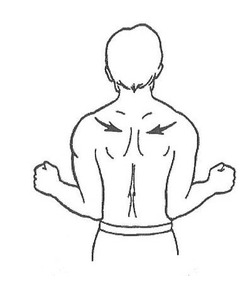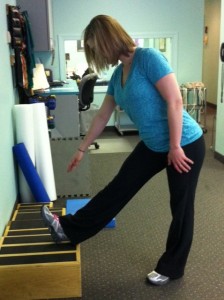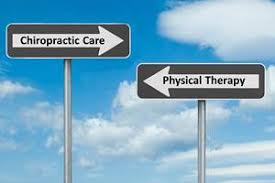
Have you ever wondered whether you should see a Physical therapist or a Chiropractor for your symptoms? Check out the descriptions below to learn the differences and which type of provider you should see depending on your injury.
Physical Therapist
A physical therapist performs an exam of an individual’s impairment, disability or functional limitation by examining their movement, affected joints and tissue, neuromuscular imbalances and misalignment. They determine a diagnosis and intervention of treatment and set treatment goals. Physical therapists work to alleviate pain, restore range of motion, regain any function lost, promote and maintain fitness and prevent further injury. The physical therapist may use heat/cold, electric stimulation, ultrasound, soft tissue mobilization, stretching, exercise and other manual techniques to reach treatment goals. There are many different specialties/settings in physical therapy. Examples of this are outpatient, women’s health, acute care, sub-acute care, sport, and neurological. An average physical therapy treatment program consists of the patient attending physical therapy 2 times a week for 4 to 6 weeks. The end goal for a physical therapy treatment program is to decrease the patient’s symptoms and educate the patient on how to prevent their injury/symptoms from recurring through continued exercise.
Chiropractor
A chiropractor concentrates on musculoskeletal and systemic disorders through a controlled manipulation of the spine. Some chiropractors perform x-rays of the spine to check for misalignment. Chiropractors look to the physiological and biochemical aspects of the patient’s structural, spinal, musculoskeletal and neurological components. They also may use heat/cold electrical stimulation and ultrasound for pain control. Chiropractors practice in a private practice setting and occasionally you can find them staffed in a hospital setting. In the state of Maryland, Chiropractors can take an exam to receive physical therapy privileges. Therefore, you might see a facility advertising chiropractic and physical therapy services together. However, be mindful that most of these facilities only employ chiropractors. A chiropractic treatment program on average is once a week and then tapers down to once a month for a long period of time. Chiropractors typically see their patient consistently for sometimes years to continue to assess for misalignment of the spine to manipulate.
If you are wondering what practitioner you should see for your injury, it is always beneficial to see a physical therapist. I typically educate my patients that you should always see a physical therapist first as we are more conservative than chiropractors. Physical Therapists are able to increase strength/range of motion of a muscle/joint which in turn naturally corrects misalignment of the spine. If you have not reached your goals with physical therapy, then try your local chiropractor.
Written by:
Amanda Macht, D.P.T.
Owner/Physical Therapist Harbor Physical Therapy



